If your local grocery is low on food, shop here instead
Your local supermarket is low on frozen peas, and bread and flour just can't be found. Rice seems scarce and the beans are all picked over. This is the effect of panic buying as millions of people all over the US settle into quarantine and self-isolation in response to the coronavirus outbreak -- not an actual food shortage.
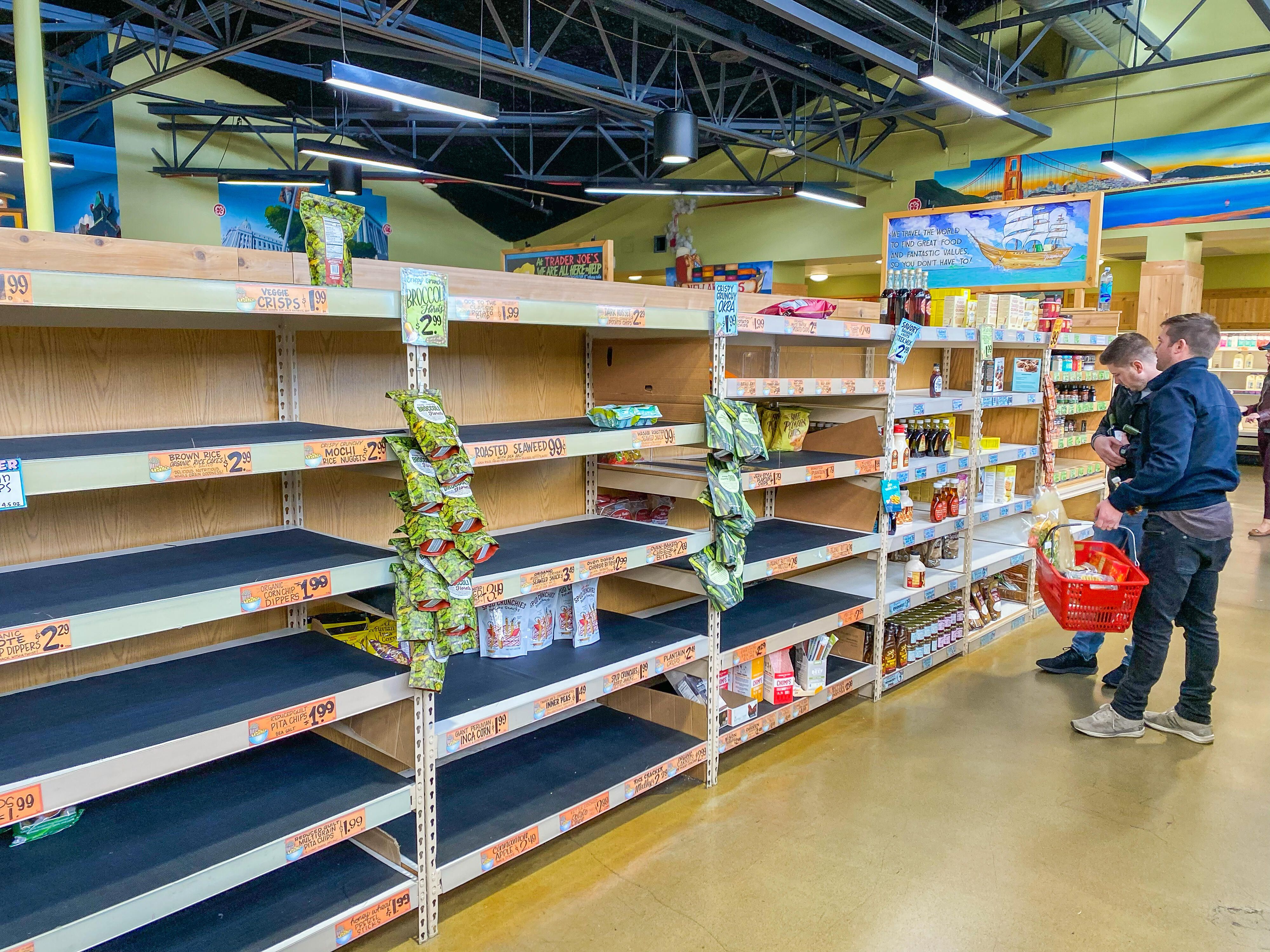
If your usual Kroger, Publix or Whole Foods seem in short supply, we have solutions. The aisles of your local Asian, Middle Eastern, Mexican or general grocer might be more fully stocked, for example. You can also shop grocery delivery, meal kit delivery, produce boxes from farms and several more online options.
The key is not to get discouraged, and to only buy what you actually need so that there's enough stock for others who are in the same boat. Read on for more options to fill your fridge and cupboards.
Grocery delivery from chain stores
Walmart: Delivery costs $8 to $10, Delivery Unlimited costs $13 a month or $98 a year and no per-delivery fee.
Whole Foods: Free delivery to Amazon Prime members.
Kroger (select cities): Store delivery costs $10 to $12. Shipping from the warehouse costs $5, free on orders of $35 and up.
Albertson's: Delivery costs $10, free on orders $150 and up.
Safeway (select cities): Delivery costs $10 to $13 (no free option). Pickup costs $4 to $5.
Other services: Instacart (though workers are intending to strike). Shipt ships Costco, Target, Meijer, CVS and H-E-B.

Buy food from online grocery stores
Most online general grocery stores have a free shipping option, but some may have membership fees or steep delivery charges. These are some tough times, so you might just want to suck it up.
ShopFoodEx: Independent general grocer. Shipping cost varies by order and location, 33% discount on shipping for orders $100 and up.
Boxed: Shelf-stable, bulk item wholesaler (think, Costco). Shipping costs $7, free on orders $49 and up.
Thrive Market: Organic, natural foods. Membership costs $60 per year. Shipping costs $6, free on orders $49 and up.
Amazon Fresh (select cities): Delivery costs $5 to $10, free on orders $35 and up ($50 and up in some places). Free pickup.
Peapod (Midwest, East Coast only): General groceries. Delivery costs $3 to $10, plus fuel surcharge. Free pickup.
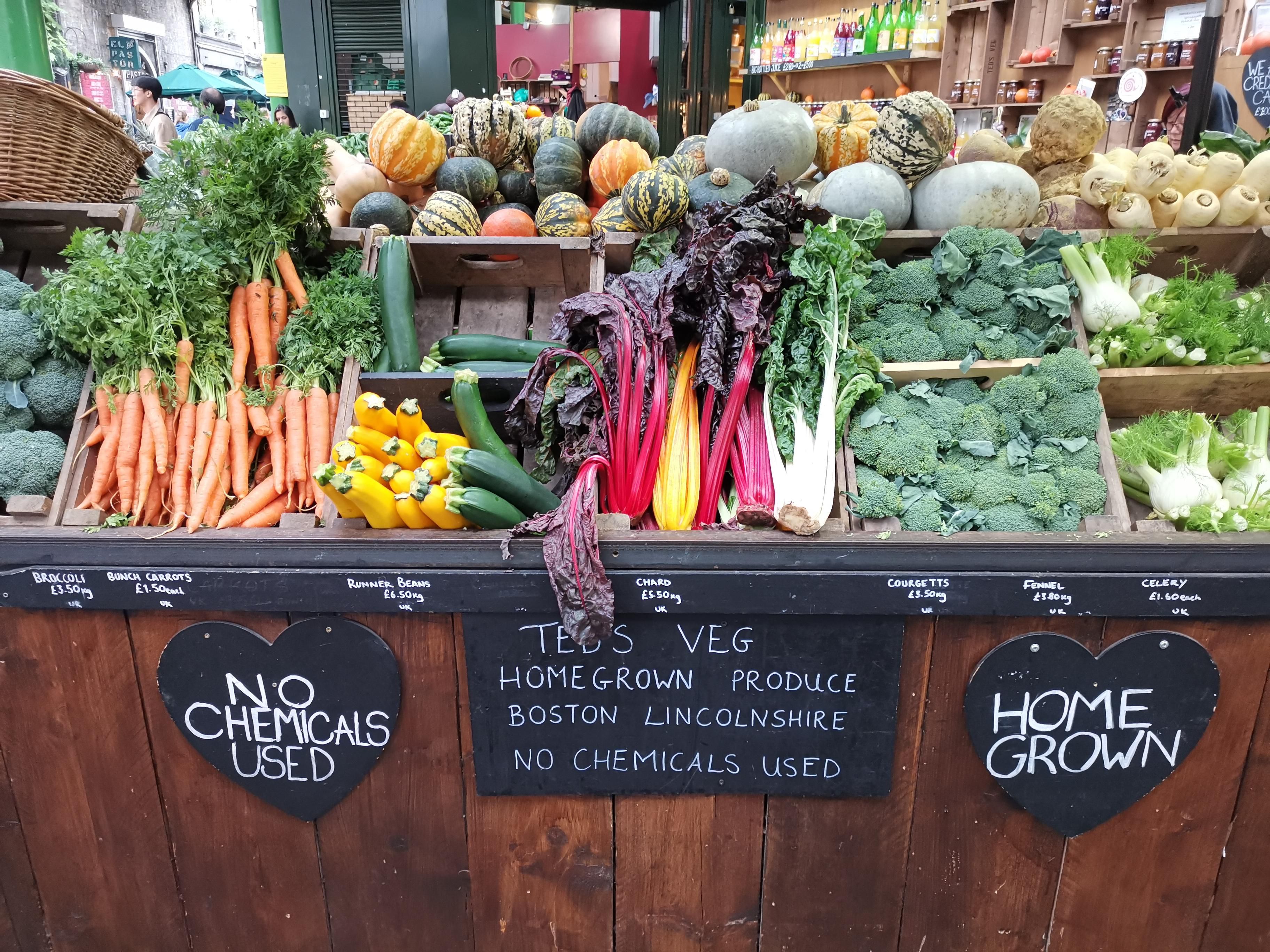
Specialty grocery stores
Use Google Maps to find your nearest retail store for in-person shopping, like 99 Ranch, which also has online ordering, or one of these top supermarkets serving the country's Latino population. Here are some additional online store options.
AsianFoodGrocer: Shipping cost varies by order and location. $5 shipping on orders $30 and up.
iShopIndian: Shipping costs $4 to $9, free on orders $109 and up.
MexGrocer: Shipping cost varies, free shipping on orders $60 and up with code SHIP2ME4FREE.
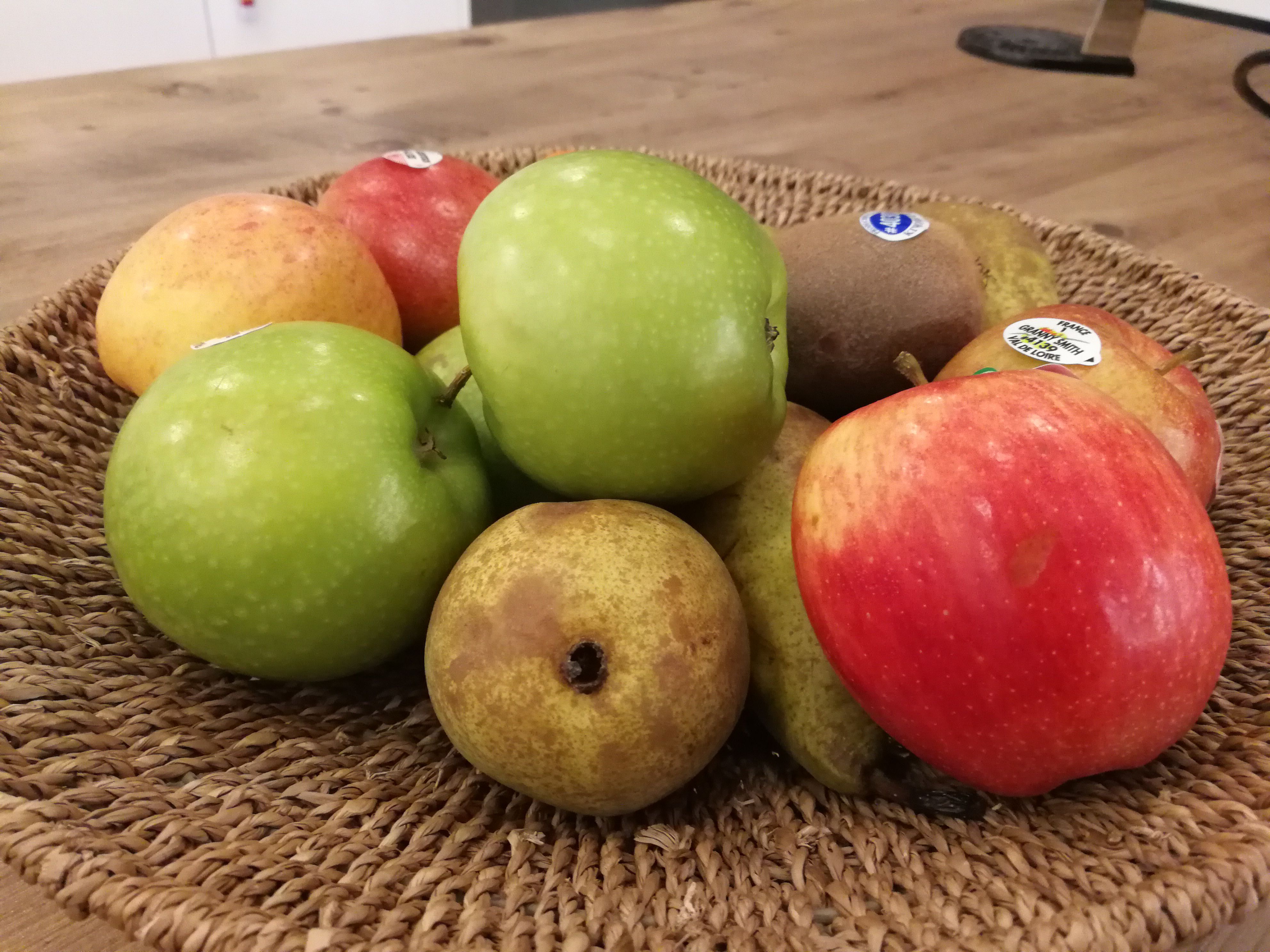
Buy meat and produce delivery boxes
Your local farmers and ranchers cut out the middleman -- the stores -- by shipping direct to you. A quick internet search will yield a list of produce delivery in your area, where you can often select the types of fruit and vegetables you want. The same applies to popular and specialty meats like beef, chicken, pork and even deer.
Here's a great list of seven produce vendors where you can get fruits and vegetables online. Omaha Steaks, Kansas City Steaks and others will ship you cuts of beef. You can also go upmarket and buy cheese from cheesemongers like Murray's, or produce and meals from Harry and David's.
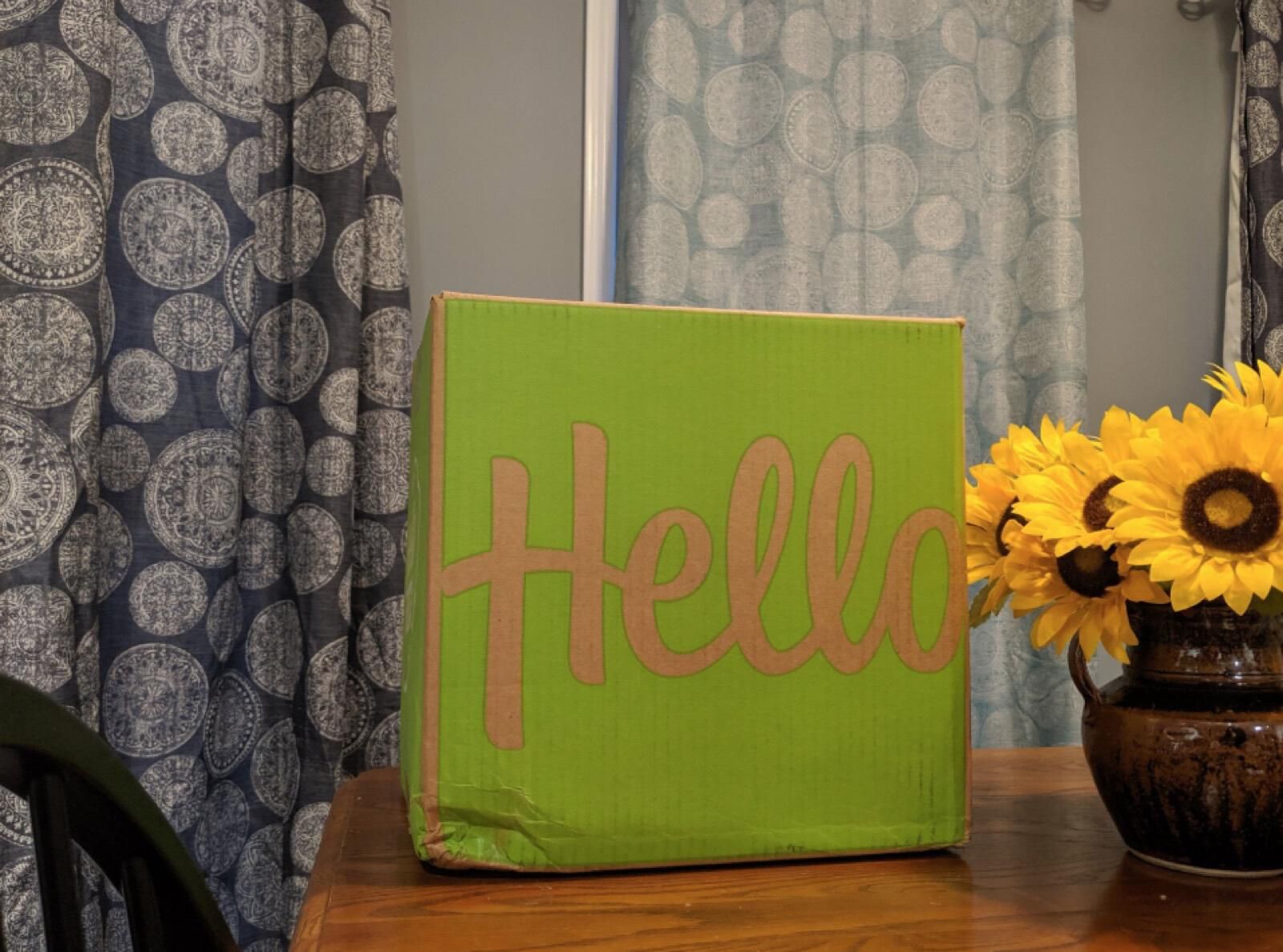
Meal kit subscription
BlueApron, HelloFresh and these other top five meal kit subscription services will deliver a set number of meals on a consistent, reliable schedule, so you can worry less about what's in stock locally. EveryPlate and Dinnerly are more budget-minded options.
Meal kits cost more than what you'd pay at the grocery, but that might be a better option if you're solo or part of a small household, or new to cooking. Personally, I think it's fun to learn how to make new dishes, and self-quarantine can get boring, so chalk the extra cost up to entertainment.
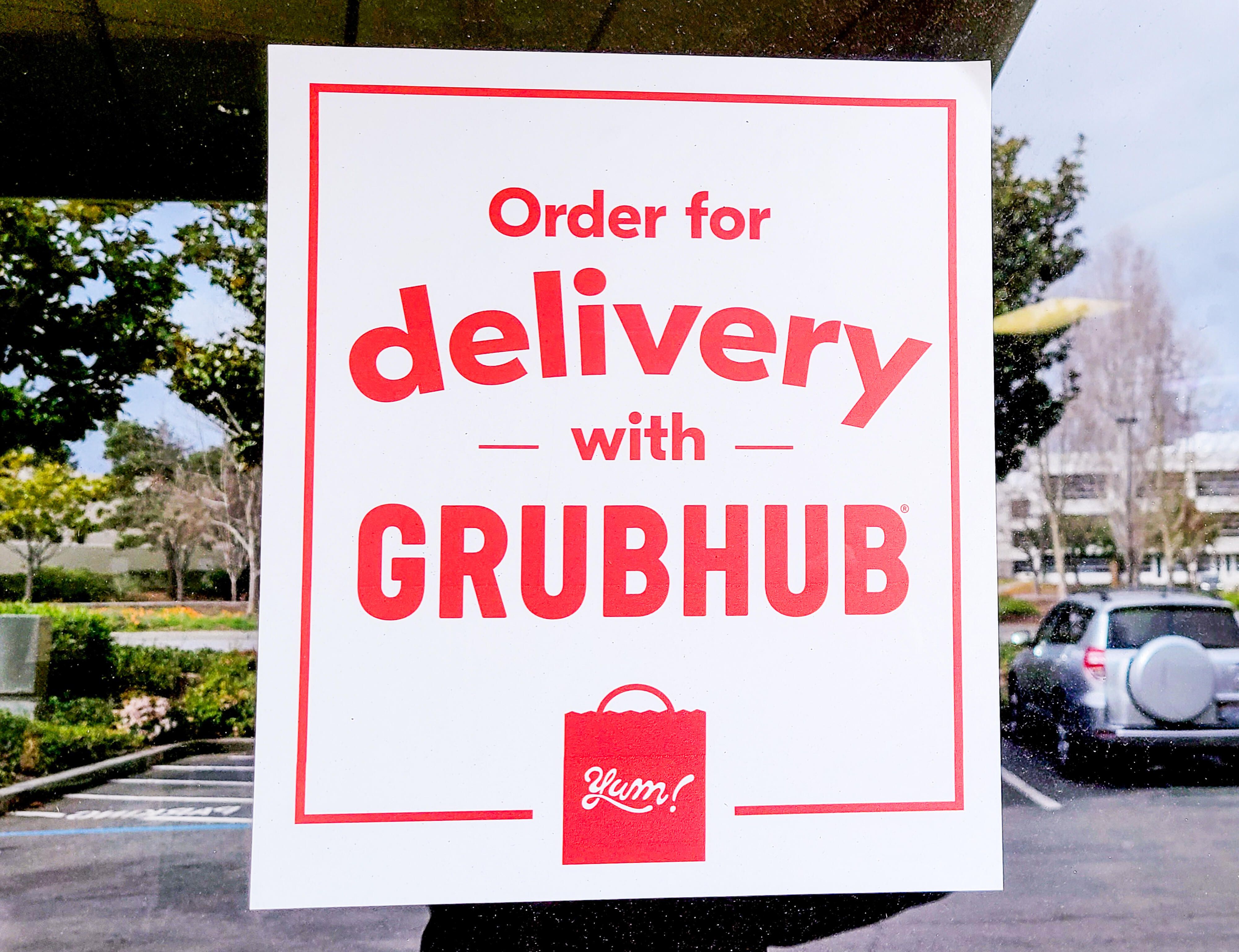
Restaurant delivery
Buying food from your favorite restaurants for take-out and delivery can feed you and also support local businesses that are reeling from shelter-in-place orders and other measures that keep people at home. You can order a large amount to feed yourself and your family over the week, or to pad the freezer for an easy dinner down the road.
Here are three rules you should follow for using delivery services during the coronavirus outbreak.
You should read it
- How to find your way with Google Maps on your phone
- How does Google Maps work?
- 6 places to find and buy food when your grocery store is out of stock
- How to preview images where needed on Google Maps
- Instructions for using Google Maps offline on Android
- How to use Google Maps without wasting space
- How to create and share favorite places on Google Maps
- How to update public profiles in Google Maps on Android
May be interested
- How to Set Fitness Goals
 if you've decided you want to improve your fitness, congratulations! now it's time to set some clear, realistic, positive fitness goals. strongly consider consulting your doctor first so that you can develop fitness goals that suit your...
if you've decided you want to improve your fitness, congratulations! now it's time to set some clear, realistic, positive fitness goals. strongly consider consulting your doctor first so that you can develop fitness goals that suit your... - How to Help Your Child Enjoy Sports
 playing organized sports can offer a range of benefits to kids' physical health and emotional development. however, some kids simply don't enjoy sports — for any number of reasons — and may miss out on these benefits. while you can't force ...
playing organized sports can offer a range of benefits to kids' physical health and emotional development. however, some kids simply don't enjoy sports — for any number of reasons — and may miss out on these benefits. while you can't force ... - How to Take a Video on iPhone or iPad
 iphones and ipads have a built-in camera app that allows you to take pictures, record videos, and more. this wikihow will show you how to take a video on one of these devices. open the camera. swipe the lock screen to the left. or, swipe...
iphones and ipads have a built-in camera app that allows you to take pictures, record videos, and more. this wikihow will show you how to take a video on one of these devices. open the camera. swipe the lock screen to the left. or, swipe... - How to Protect a PDF File from Copying
 this wikihow will teach you how to protect your pdf file. you can create a pdf and then protect it from editing and copying within adobe acrobat. open your document in acrobat. you can either open your file inside adobe acrobat by going to...
this wikihow will teach you how to protect your pdf file. you can create a pdf and then protect it from editing and copying within adobe acrobat. open your document in acrobat. you can either open your file inside adobe acrobat by going to... - The Amazon warehouse staff can't go home: 'I don't want to overdo it, but I need that 22 USD / h, I need this job!'
 what if i am infected? what if i cannot recover? add 2 usd an hour to risk my life? i mean, i will take the money, but i feel my life is worth more. i don't want to overdo it, but i need $ 22 an hour to risk my life.
what if i am infected? what if i cannot recover? add 2 usd an hour to risk my life? i mean, i will take the money, but i feel my life is worth more. i don't want to overdo it, but i need $ 22 an hour to risk my life. - How to Catch a Bobcat
 since they look like bigger versions of your ordinary house cat, bobcats are fun to spot in the wild. they are brown-colored with pointy ears and a black, bobbed tail. they are normally shy animals that prefer to stay hidden, but sometimes...
since they look like bigger versions of your ordinary house cat, bobcats are fun to spot in the wild. they are brown-colored with pointy ears and a black, bobbed tail. they are normally shy animals that prefer to stay hidden, but sometimes...






 How to Shop During Coronavirus
How to Shop During Coronavirus Light Shop: Evaluating the pros and cons of a film that is expected to be as successful as Moving
Light Shop: Evaluating the pros and cons of a film that is expected to be as successful as Moving How to keep the food in your fridge fresher, longer
How to keep the food in your fridge fresher, longer 6 places to find and buy food when your grocery store is out of stock
6 places to find and buy food when your grocery store is out of stock Differentiate between PVC and PE food wrap, which is safe and best
Differentiate between PVC and PE food wrap, which is safe and best